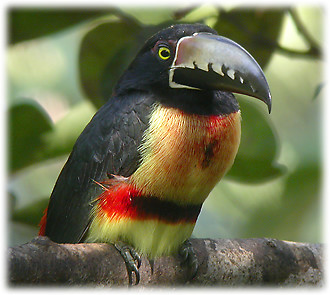Vea esta publicación en español.

Caracol, located in Belize's Chiquibul National Park, 4 miles from the Guatemalan border, is the largest Maya archaeological site in the country. Around 650 AD, during the peak of its development and expansion, the urban area of Caracol had a radius of approximately 10 km and covered an area much larger than the city of Belize today. In fact, this archaeological site is larger than the impressive ruins of Tikal in Guatemala, but most of it has not yet been restored.
So far, the three main plazas that have been discovered in Caracol are surrounded by pyramid-shaped temples and various sculptures. More than a hundred tombs and a huge number of hieroglyphic inscriptions have also been found. One of the main attractions in this refuge is the "Caana" complex, which in Maya means "place in the sky," since it rises more than forty meters above the plaza below.
This photograph is from the San Ignacio Hotel Resort, which organizes tours to Caracol and other archaeological sites in Belize.






















